Tools for Action
Co-design and collaborate with communities around an open data project
Governments that publish community-centered open data and information can go beyond transparency by co-designing and collaborating with community members to solve local challenges. Bringing open data to where residents are can help spark dialogues and inspire innovation. Data providers can use the strategies we’ve compiled below to apply open data for local impact.

Choosing a level of action to take
Action can take many forms, ranging from fundamental steps to lower barriers to open data access to more substantive collaboration and power sharing with specific community partners who can leverage open data for specific outcomes.
We have created a “maturity scale” to help you think about these different levels of action.

When designing interventions to support your researched community use cases for open data, it can be helpful to brainstorm what kinds of actions you might take to better support your target open data users and use cases at each of the levels on this scale.
Finding collaborators
In order to co-design and implement an intervention, you will need to find community partners. Make sure you do this before moving on.
Co-designing with the community
Now it’s time to leverage your community relationships in order to co-design a potential solution.
The goal in this step is to create a community-informed action plan and knowing what you plan to build or publish.
Implementing a solution
This step is where you help actual users, identified through previous research and co-design, to carry out the planned intervention that addresses your community-approved open data use case.
Carrying out this intervention is the culmination of facilitating community use of open data.
What the process of implementation looks like will be highly dependent on what you have chosen as your solution. Regardless, you should seek user feedback by doing user testing, in order to validate if your solution addresses user needs and to get feedback to further improve it.

